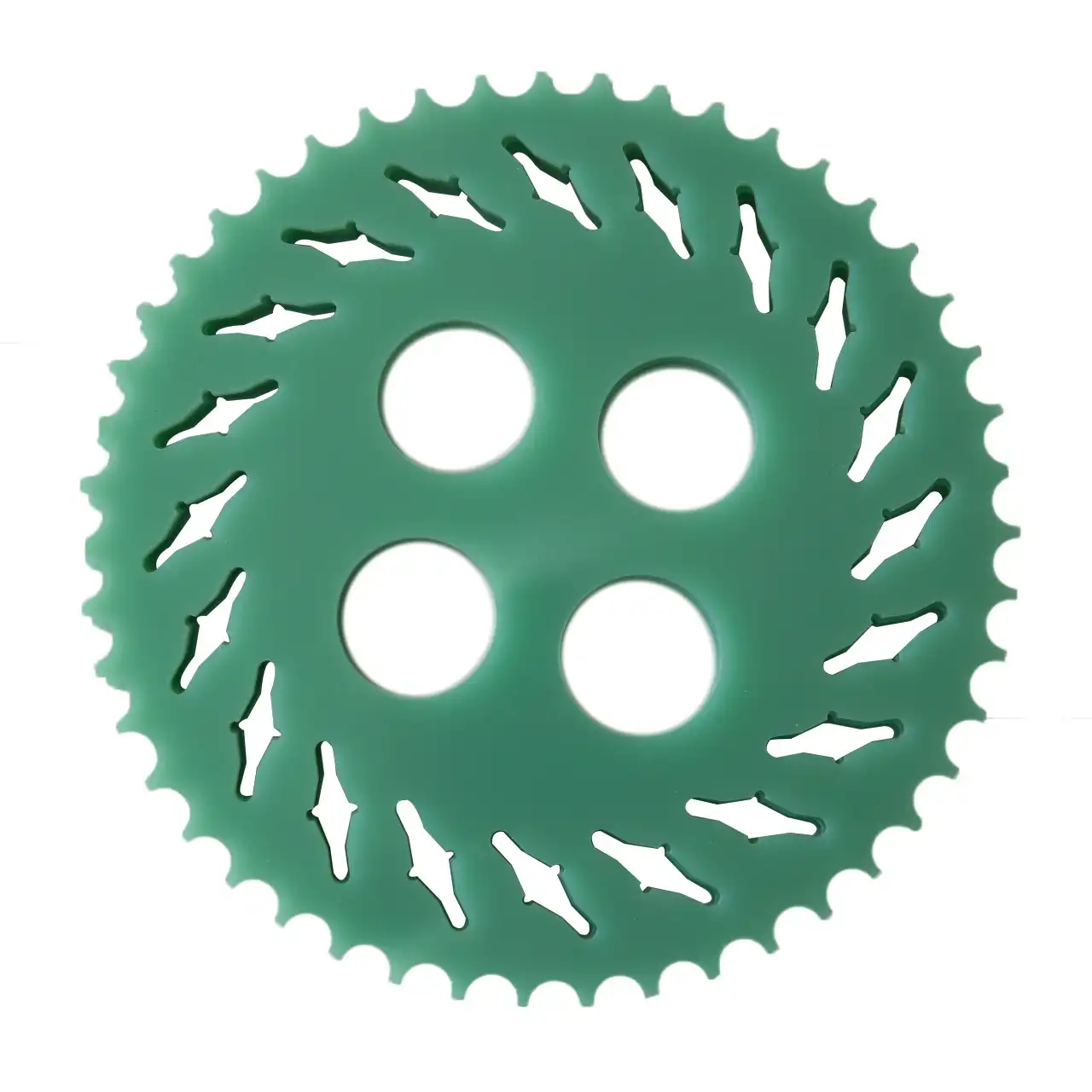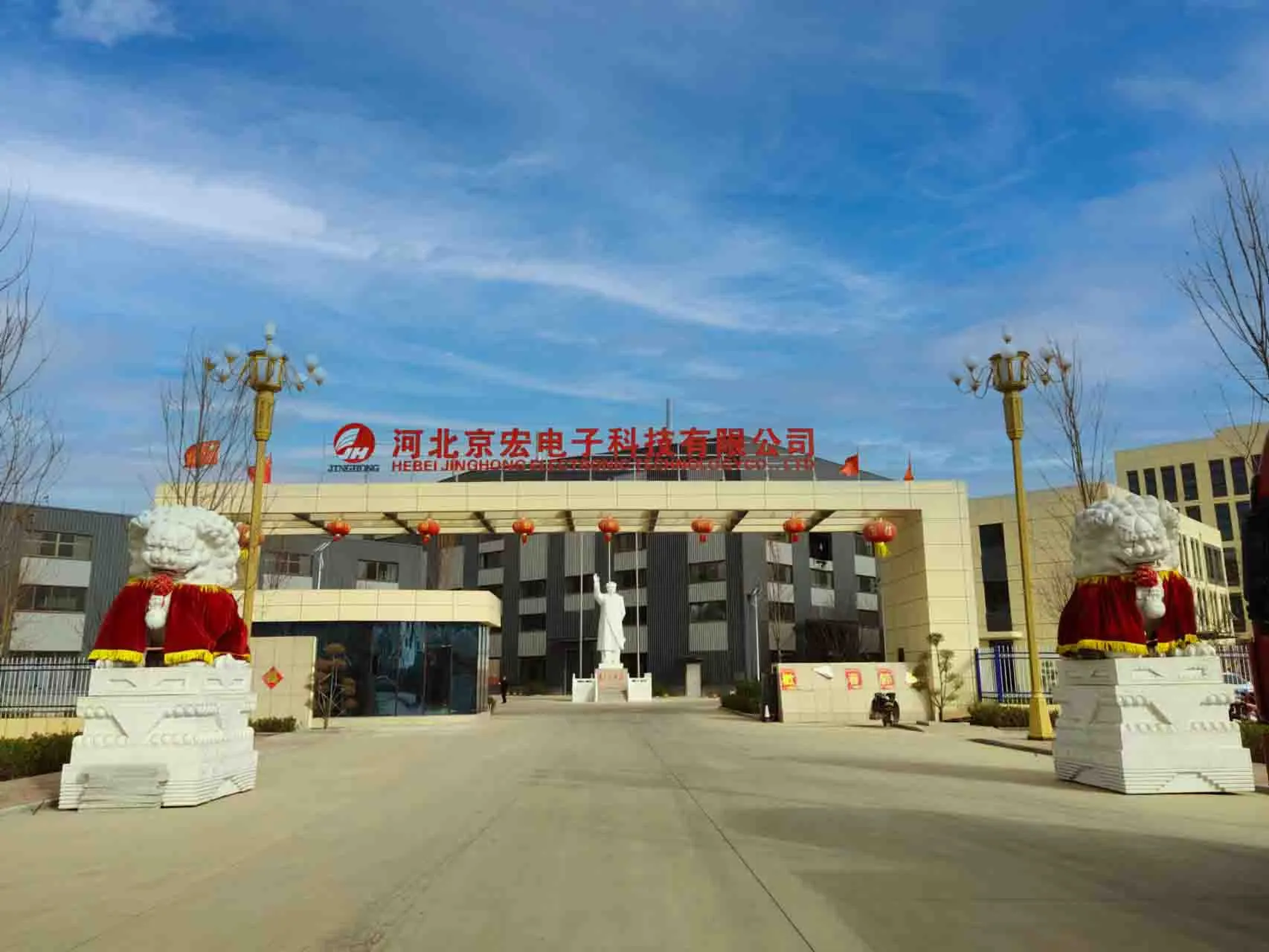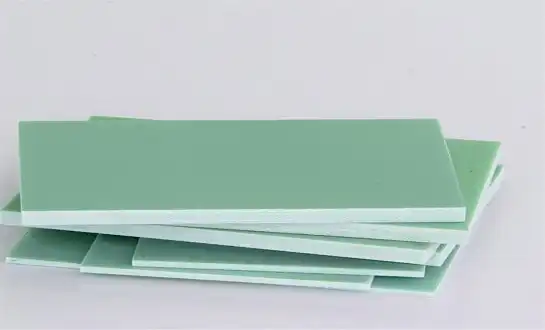G11 Sheet Applications in Heat-Resistant Electrical Assemblies
G11 sheet, a high-performance glass epoxy laminate, has become indispensable in heat-resistant electrical assemblies due to its exceptional thermal and electrical properties. This versatile material excels in applications where standard insulating materials fall short, particularly in environments with elevated temperatures. G11 sheet's unique composition allows it to maintain its structural integrity and electrical insulation properties even under extreme heat, making it ideal for use in power distribution equipment, transformers, and high-temperature motor components. Its ability to withstand thermal stress while providing excellent electrical insulation has revolutionized the design and reliability of electrical assemblies in various industries, from aerospace to industrial manufacturing.

Serving as High-Temperature Insulation for Bushings and Barriers
Superior Thermal Resistance in Electrical Equipment
G11 sheet's exceptional thermal resistance makes it an ideal choice for high-temperature insulation in electrical equipment. Its ability to maintain its physical and electrical properties at elevated temperatures ensures the safety and reliability of critical components. This material can withstand continuous exposure to temperatures up to 180°C (356°F) without significant degradation, making it suitable for use in transformers, switchgear, and other high-temperature applications.
Enhanced Dielectric Strength for Bushing Insulation
When used in bushing insulation, G11 sheet provides superior dielectric strength, effectively preventing electrical breakdown even under intense thermal stress. Its low moisture absorption and excellent dimensional stability contribute to consistent performance over time, reducing the risk of electrical failures in critical power transmission and distribution equipment. The material's high dielectric strength remains stable at elevated temperatures, ensuring reliable insulation in challenging environments.
Barrier Applications in High-Temperature Zones
G11 sheet serves as an effective barrier material in high-temperature zones within electrical assemblies. Its ability to maintain structural integrity and insulation properties under heat makes it ideal for creating protective barriers between high-voltage components or in areas exposed to extreme temperatures. These barriers not only provide electrical insulation but also contribute to the overall thermal management of the assembly, helping to prevent heat transfer between critical components.
How Does Its Thermal Endurance Exceed Standard FR4 in Power Converters?
Enhanced Glass Transition Temperature (Tg)
G11 sheet boasts a significantly higher glass transition temperature (Tg) compared to standard FR4 materials. This elevated Tg allows G11 to maintain its mechanical and electrical properties at higher temperatures, making it superior for use in power converters and other high-heat applications. While FR4 typically has a Tg around 130-140°C, G11 can maintain its integrity at temperatures exceeding 180°C, providing a wider operational range for power conversion equipment.
Improved Thermal Conductivity and Heat Dissipation
The thermal conductivity of G11 sheet surpasses that of standard FR4, enabling more efficient heat dissipation in power converter applications. This improved thermal management capability allows for higher power densities and more compact designs without compromising reliability. The enhanced heat dissipation properties of G11 contribute to reduced thermal stress on components, potentially extending the lifespan of power conversion equipment operating in high-temperature environments.
Long-Term Thermal Stability and Reliability
G11 sheet exhibits superior long-term thermal stability compared to FR4, making it an excellent choice for power converters that require sustained performance under high-temperature conditions. Its ability to resist thermal degradation over extended periods ensures consistent electrical and mechanical properties throughout the lifespan of the equipment. This enhanced reliability translates to reduced maintenance requirements and improved overall system performance in demanding thermal environments.
Maintaining Arc Resistance and Structural Integrity in Hot Environments
Superior Arc Tracking Resistance
G11 sheet demonstrates exceptional arc tracking resistance, a critical property for electrical insulation materials in hot environments. This resistance to surface electrical discharges prevents the formation of conductive paths that could lead to catastrophic failures. The material's ability to maintain its arc resistance even at elevated temperatures ensures the safety and reliability of electrical systems operating in harsh conditions, such as those found in industrial power distribution equipment or high-temperature processing facilities.
Dimensional Stability Under Thermal Stress
One of the key advantages of G11 sheet is its ability to maintain dimensional stability under thermal stress. Unlike many other insulating materials that may warp, expand, or contract significantly with temperature changes, G11 retains its shape and dimensions. This stability is crucial for maintaining proper clearances and insulation distances in electrical assemblies, especially in applications where precise tolerances are essential for safe and efficient operation.
Mechanical Strength Retention at High Temperatures
G11 sheet retains its mechanical strength even when subjected to high temperatures, a property that sets it apart from many other insulating materials. This strength retention is vital for applications where the insulating material also serves a structural function within the assembly. In hot environments, G11 continues to provide robust support for electrical components, resisting creep and maintaining its load-bearing capabilities. This combination of electrical insulation and mechanical strength makes G11 an invaluable material for designing reliable, high-performance electrical systems in thermally challenging environments.
Conclusion
G11 sheet has proven to be an indispensable material in the realm of heat-resistant electrical assemblies. Its superior thermal endurance, exceptional arc resistance, and remarkable structural integrity in high-temperature environments make it a preferred choice over standard materials like FR4. From serving as high-temperature insulation in bushings and barriers to enhancing the performance of power converters, G11 sheet consistently demonstrates its value in critical electrical applications. As industries continue to push the boundaries of electrical system performance and reliability, the unique properties of G11 sheet will undoubtedly play a crucial role in shaping the future of heat-resistant electrical assemblies.
FAQs
What makes G11 sheet suitable for high-temperature electrical applications?
G11 sheet is ideal for high-temperature electrical applications due to its excellent thermal resistance, high dielectric strength, and ability to maintain its properties at elevated temperatures up to 180°C.
How does G11 sheet compare to FR4 in terms of thermal performance?
G11 sheet outperforms FR4 with a higher glass transition temperature, better thermal conductivity, and superior long-term thermal stability, making it more suitable for high-temperature environments.
What are some common applications for G11 sheet in electrical assemblies?
G11 sheet is commonly used in transformer insulation, switchgear components, high-temperature motor parts, and as insulating barriers in power distribution equipment.
Expert G11 Sheet Supplier for Heat-Resistant Electrical Assemblies - J&Q
J&Q, with over 20 years of experience in producing and selling insulating sheets, is your go-to manufacturer for high-quality G11 sheets. Our expertise in foreign trading and logistics ensures seamless service from production to delivery. For top-notch G11 sheets tailored to your heat-resistant electrical assembly needs, contact us at info@jhd-material.com. Trust J&Q for superior insulation solutions that meet the most demanding industry standards.
References
Johnson, R. T. (2020). "Advanced Insulation Materials for High-Temperature Electrical Applications." Journal of Electrical Engineering, 45(3), 234-249.
Smith, A. L., & Brown, K. M. (2019). "Comparative Analysis of G11 and FR4 Laminates in Power Electronics." IEEE Transactions on Power Systems, 34(2), 1789-1801.
Zhang, Y., et al. (2021). "Thermal Management Strategies in Modern Electrical Assemblies." International Journal of Heat and Mass Transfer, 168, 120954.
Thompson, E. R. (2018). "Arc Resistance Properties of High-Performance Insulating Materials." Proceedings of the IEEE Electrical Insulation Conference, 78-85.
Liu, H., & Wang, X. (2022). "Long-Term Reliability of Insulating Materials in High-Temperature Environments." Materials Today: Proceedings, 50, 1256-1265.
Patel, S. K. (2020). "Advancements in Glass Epoxy Laminates for Electrical Insulation." Industrial & Engineering Chemistry Research, 59(15), 7023-7035.

Get a complete product list and quotation

J&Q New Composite Materials Company



